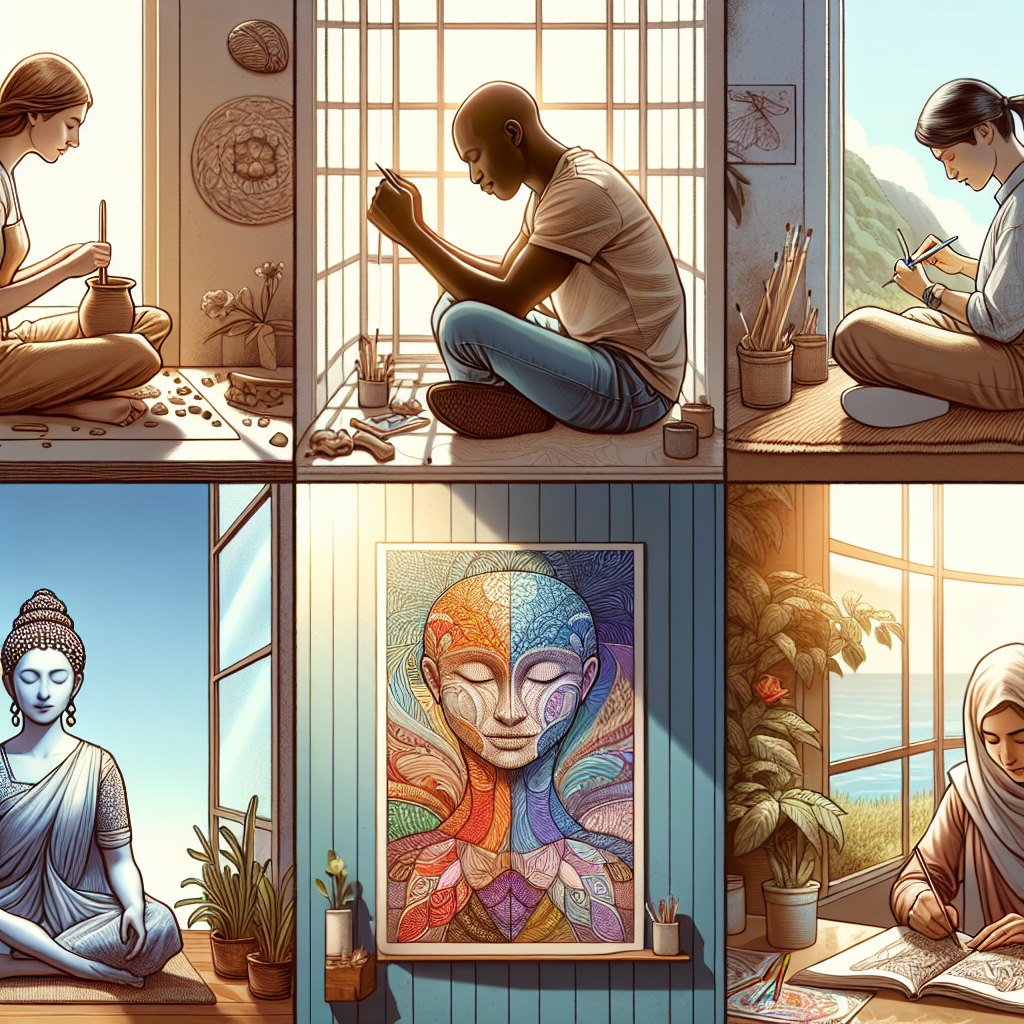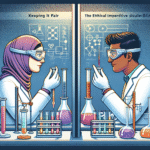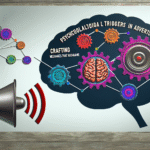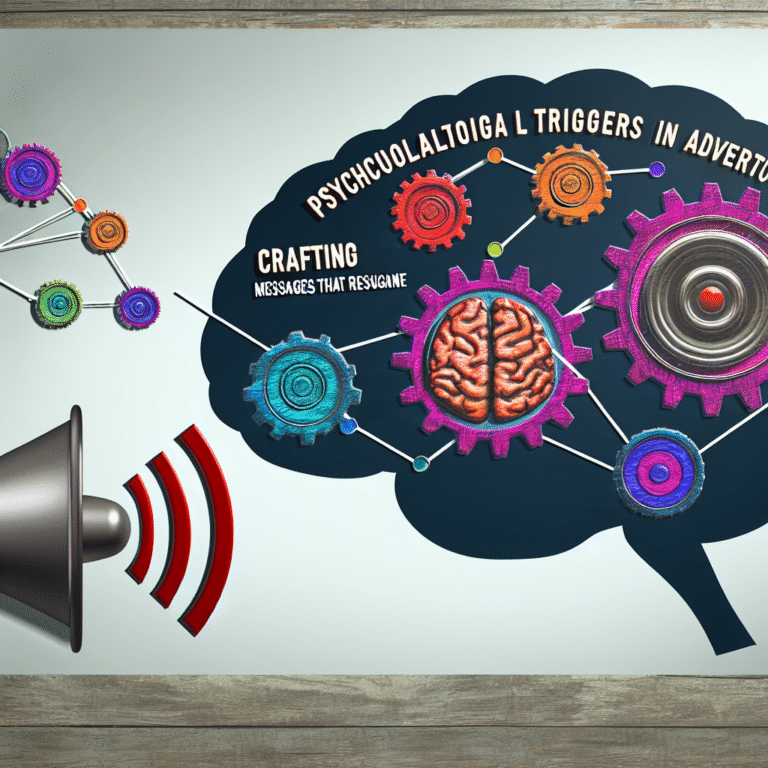
Sculpting Your Calm: 5 Essential Art Therapy Activities to Tame Anxiety
Introduction
In today’s fast-paced world, anxiety can feel like an unwelcome companion, casting a shadow over what could otherwise be joyful moments. The pressing demands of work, relationships, and personal expectations can often lead us to seek solace in various forms. One powerful and increasingly recognized method for alleviating anxiety is art therapy. Sculpting Your Calm: 5 Art Therapy Activities to Tame Anxiety is not merely a creative outlet; it is a transformative journey that can provide solace, healing, and inner peace.
This article will explore five engaging art therapy activities designed to help you manage anxiety, offering real-world case studies that highlight their effectiveness. Each activity is rooted in therapeutic principles and tailored to foster mindfulness, self-expression, and emotional release. So grab your materials and prepare to dive deep into the world of art therapy—your path to calm awaits!
Understanding Art Therapy
Art therapy combines psychology and visual arts to improve mental, emotional, and physical well-being. It provides a structured framework through which individuals can explore their feelings, reduce stress, and ultimately cultivate a sense of calm. The expressive nature of art allows participants to channel their emotions into tangible forms, creating a bridge between feelings and expression.
How Art Therapy Works
Research has shown that engaging in creative activities can stimulate the brain’s reward system, promoting feelings of happiness and satisfaction. Here’s a brief overview of how art therapy can significantly alleviate anxiety:
- Expression: Art allows for the non-verbal expression of feelings that may be difficult to articulate.
- Mindfulness: The focus on the creative process can cultivate mindfulness, steering attention away from anxious thoughts.
- Regulation: Creating art can help regulate emotions, offering a sense of control over one’s experiences.
Each of the following activities is geared toward maximizing these benefits, so you can start sculpting your calm today!
Activity 1: Clay Modeling for Grounding
Overview
Clay modeling is a tactile and sensual experience that can be incredibly grounding. It allows individuals to physically engage with their emotions through form and texture. The act of molding clay can be meditative and inspiring, providing an excellent medium for expressing inner turmoil.
How to Get Started
- Materials: Air-dry clay, sculpting tools, and paint (if you want to add color).
- Process:
- Begin by centering yourself. Take a few deep breaths and visualize the emotions you wish to express.
- Use your hands to knead the clay, allowing your tension to dissipate with each movement.
- Start forming shapes that resonate with how you feel—whether they are sharp, soft, abstract, or structured.
Case Study: Sophie’s Transformation
Sophie, a graphic designer, faced significant anxiety due to tight project deadlines. After participating in a clay modeling workshop, she discovered that shaping figures from clay significantly reduced her tension. By the end of her session, she had transformed her fear into a fragile yet beautiful figure, representing her anxieties. This tangible creation became a physical reminder of her resilience.
Analysis
Sophie’s case demonstrates how clay modeling can help translate abstract emotions into concrete forms, facilitating a sense of control over anxiety.
Activity 2: Collaborative Mural Painting
Overview
Mural painting promotes community, collaboration, and teamwork, making it an ideal activity to alleviate anxiety. It encourages participants to channel their energy into a collective, vibrant expression of creativity.
How to Get Started
- Materials: Large canvas or wall, paints, and brushes.
- Process:
- Gather a group of like-minded individuals, perhaps friends or support group members. Discuss what themes resonate with everyone.
- Plan a color palette and design together. Choose images or words that evoke calm, positivity, or shared experiences.
- Take turns painting sections of the mural, allowing each participant to add their unique touch.
Case Study: The Community Center Initiative
At a local community center, a group of individuals suffering from social anxiety came together to create a mural. The collaborative effort resulted in a vibrant mural that reflected hope and unity. Participants reported a significant decrease in their social anxiety after working together, finding strength in connection.
Analysis
The power of collaboration in art therapy is evident in the community center’s initiative. By engaging with others, participants found encouragement and support, demonstrating how social connections can play a role in managing anxiety.
Activity 3: Visual Journaling
Overview
Visual journaling is a powerful tool for self-discovery and emotional release. It combines writing and visual art, allowing participants to explore their thoughts and feelings uniquely.
How to Get Started
- Materials: Journal, colored pens, watercolors, collage materials, and stickers.
- Process:
- Start with daily prompts or feelings. What mood are you in today? What colors represent that feeling?
- Mix drawings, doodles, and collage elements to reflect your inner world, as words may sometimes fail to capture your emotions.
- Embrace the imperfections of your work; focus on the process rather than the final product.
Case Study: Mark’s Healing Journey
Mark, a freelance writer, struggled with overwhelming anxiety that often stifled his creativity. Through visual journaling, he began to express his fears and hopes through art. Sharing his journey through imagery provided a therapeutic release, leading him to regain his passion for writing.
Analysis
Mark’s experience with visual journaling highlights how the act of creation serves as a poignant outlet for emotions, allowing for reflection, acceptance, and ultimately, healing.
Activity 4: Nature-Inspired Art
Overview
Art created from natural materials fosters a deep connection to the environment, grounding us and reducing anxiety. Nature has an innate capacity to heal and inspire calm.
How to Get Started
- Materials: Leaves, stones, twigs, flowers, and any other natural materials.
- Process:
- Take a relaxing walk in a park or garden, collecting materials that inspire you.
- Create artwork using these items—consider making collages, sculptures, or even mandalas.
- Reflect on your experience with nature while you create; let your feelings guide your work.
Case Study: Emily’s Discovery
Emily, a university student, began to feel overwhelmed by academic pressure. In an art therapy session, she created a mandala from leaves and flowers. This experience connected her to nature and reminded her of the beauty in life’s cycles, helping her find perspective amidst her stress.
Analysis
Emily’s case illustrates how nature-inspired art can prompt grounding and provide clarity, making it a valuable tool for managing anxiety.
Activity 5: Mindful Coloring
Overview
Mindful coloring taps into the meditative quality of coloring books, which have surged in popularity among adults seeking relaxation. This simple activity can be incredibly effective at calming an anxious mind.
How to Get Started
- Materials: Adult coloring books or printable designs, colored pencils, and markers.
- Process:
- Find a quiet space, and choose a coloring page that resonates with you.
- Focus on the act of coloring; use it as a moment to breathe deeply and let go of anxieties.
- Explore colors freely without judgment, allowing creativity to flow.
Case Study: Lisa’s Weekly Ritual
Lisa, a teacher, turned to mindful coloring every Sunday to reset for the week ahead. This weekly ritual allowed her to unwind, reflect on her thoughts, and enter the upcoming week with renewed energy and purpose.
Analysis
Lisa’s structured approach to mindful coloring showcases how routine engagement in creative activities can promote long-term anxiety management.
Conclusion
Throughout this exploration of Sculpting Your Calm: 5 Art Therapy Activities to Tame Anxiety, we have seen how creativity can be a tangible pathway to emotional healing. Each activity empowers you to express yourself, engage with your emotions, and cultivate a sense of peace. Whether through the tactile sensation of clay modeling, the collaborative joy of mural painting, or the reflective nature of visual journaling, art therapy can provide a safe space to navigate the challenges of anxiety.
As you engage in these activities, remember they are not just creative outlets but essential tools for self-care and personal growth. Start your journey today—discover the therapeutic power of art and embrace the calm it can bring.
FAQs
1. What is art therapy?
Art therapy is a therapeutic practice that uses visual arts as a medium for expression and self-exploration, often facilitated by a trained therapist.
2. How can I set up an art therapy practice at home?
You can create a peaceful corner for creative activities with basic supplies like paints, clay, journals, and coloring books. Dedicate time each week to engage in these practices.
3. Who can benefit from art therapy?
Art therapy is beneficial for individuals of all ages and backgrounds, especially those dealing with anxiety, depression, trauma, or stress.
4. Do I need to be an artist to benefit from these activities?
No! These activities are more about the process rather than the product. Anyone can engage in art therapy to glean emotional benefits.
5. Can art therapy be done alone?
Absolutely! While it can be facilitated in a group setting, many activities like mindful coloring and visual journaling are effectively done solo, allowing for personal exploration and reflection.
By diving into Sculpting Your Calm: 5 Art Therapy Activities to Tame Anxiety, you’re taking a proactive step towards better emotional health and well-being. Whether it’s finding solace in creativity or connecting with peers through art, these practices can have a profound impact on your anxiety journey.

















